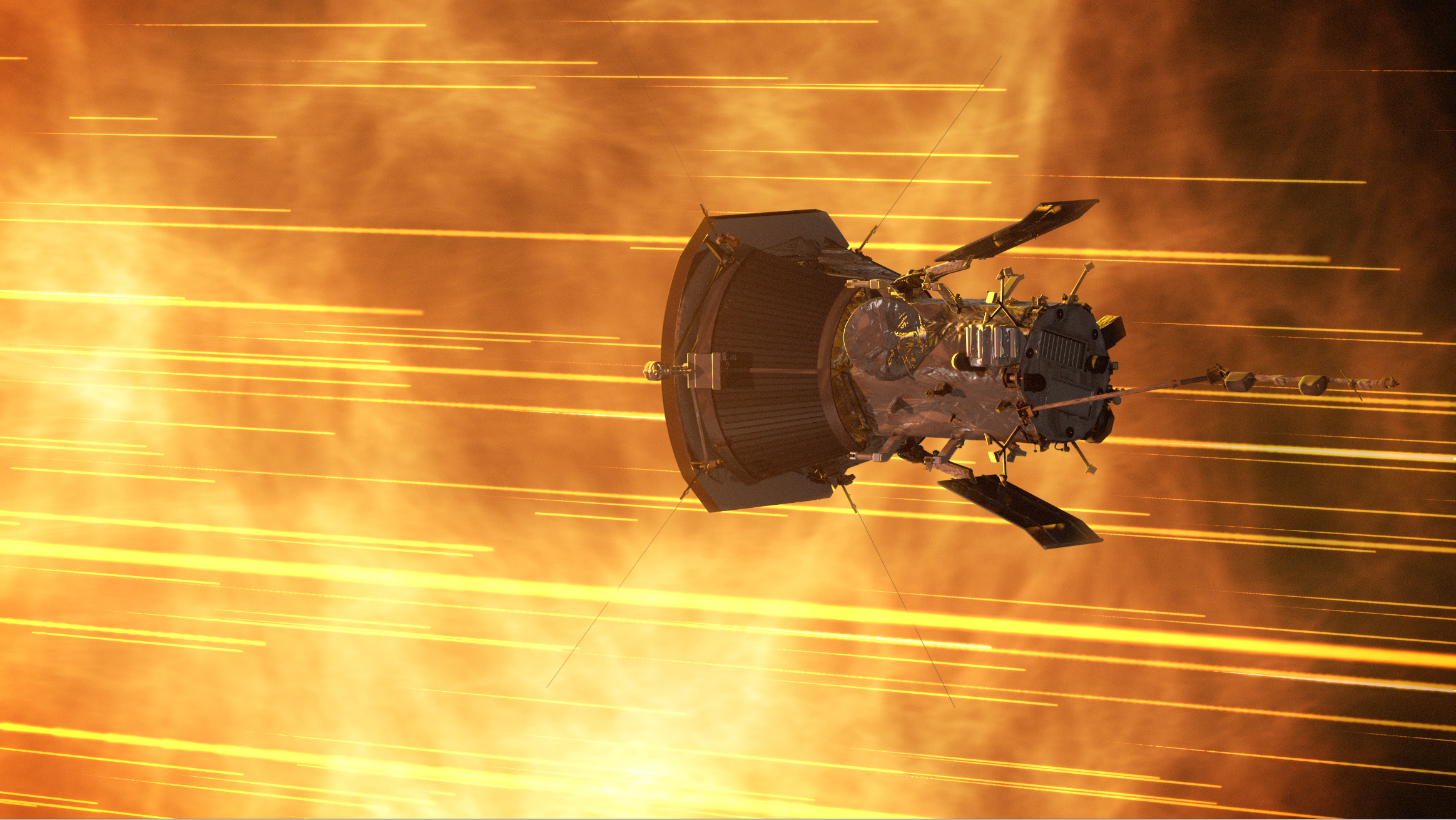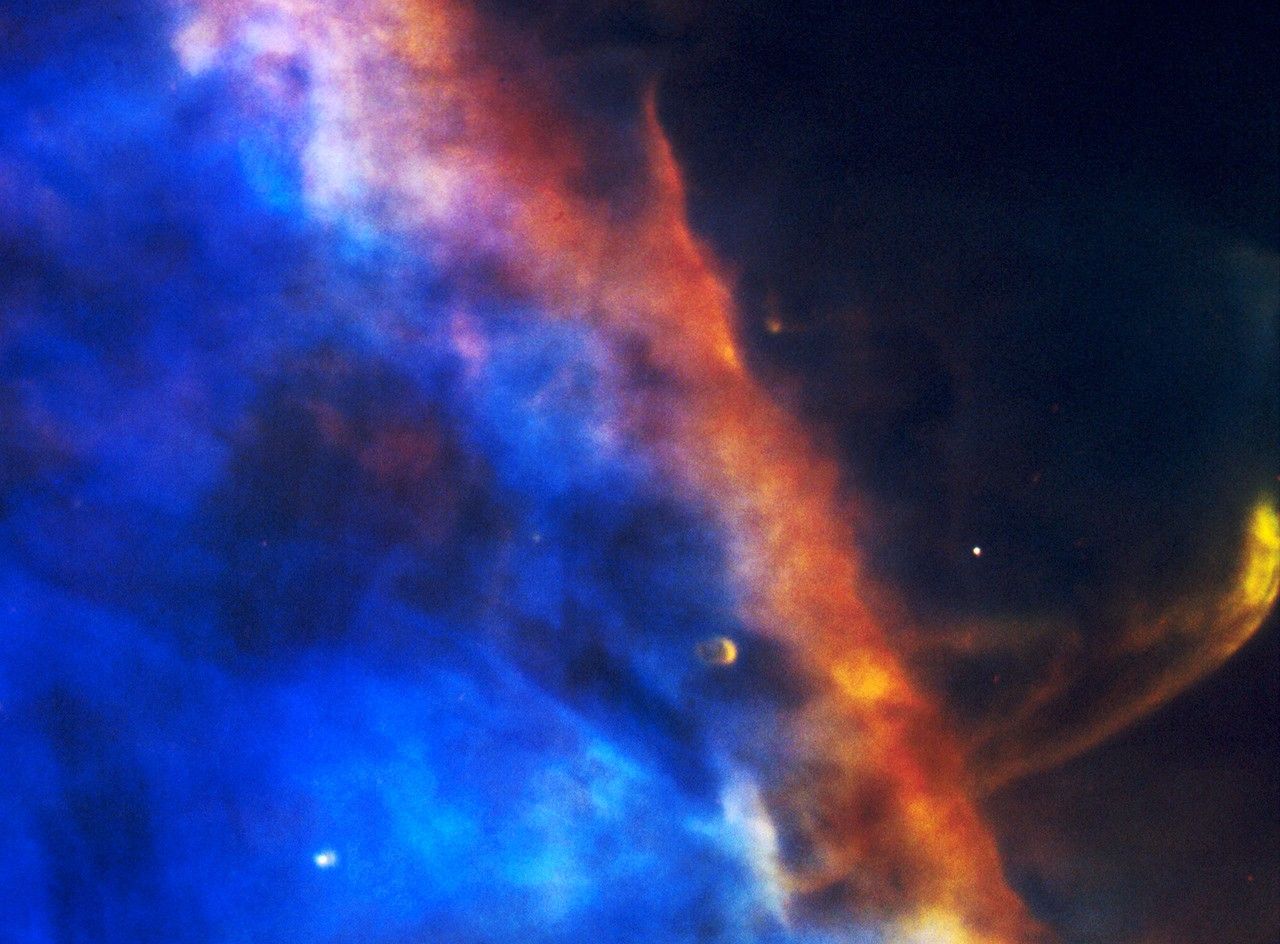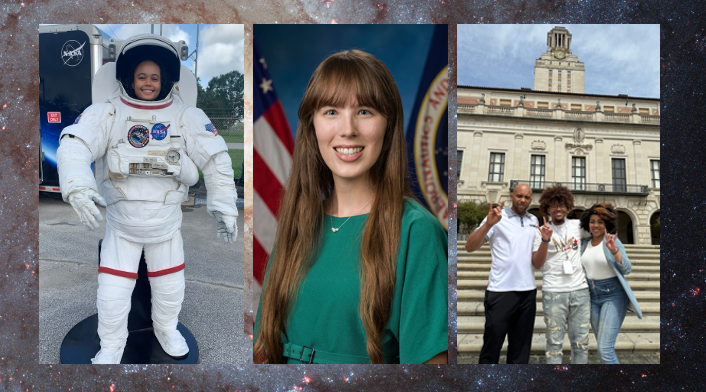This week in 1968, Apollo 7 lifted off from Launch Complex 34 at NASA’s Kennedy Space Center. In the first crewed mission of the Apollo Program, the primary objective was to measure crew performance in a Command and Service Module, also known as CSM. Another objective was to validate space vehicle and mission support facilities performance during a crewed CSM mission and CSM rendezvous capability. Here, the expended Saturn S-IVB second stage is photographed from the Apollo 7 spacecraft during transportation and docking maneuvers. The Saturn rockets were developed at NASA’s Marshall Space Flight Center. Today, Marshall is developing NASA’s Space Launch System, the most powerful rocket ever built, capable of sending astronauts to the Moon, Mars and deeper into space than ever before. The NASA History Program is responsible for generating, disseminating, and preserving NASA’s remarkable history and providing a comprehensive understanding of the institutional, cultural, social, political, economic, technological and scientific aspects of NASA’s activities in aeronautics and space. For more pictures like this one and to connect to NASA’s history, visit the Marshall History Program’s webpage.
1 min read




























